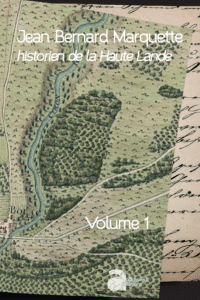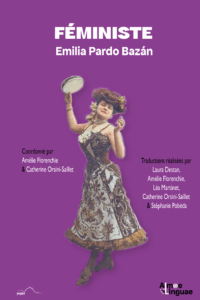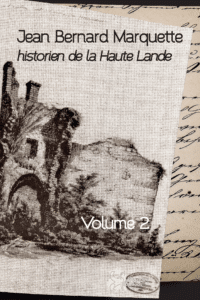UN@ est une plateforme d'édition de livres numériques pour les presses universitaires de Nouvelle-Aquitaine
Type de document : Chapitre de livre
Grâce à la découverte de documents inédits du Trésor des chartes d’Albret connus seulement par des analyses, nous savons désormais dans quelles circonstances furent successivement édifiés par la famille de Got la maison forte et le château de Villandraut et quelles furent les relations des Got et celles de leurs héritiers avec les Albret.
Cette nouvelle traite d’une forme de violence basée sur la rumeur. La jeune et belle Mariña est d’abord victime de violences conjugales mais la fortune lui sourit et son bourreau meurt accidentellement.
Dans cette première nouvelle, l’écrivaine offre une réécriture parodique de la Genèse où Ève est victime de la jalousie d’Adam. Pour une femme que l’on a considérée pendant des décennies comme très pieuse, elle fait preuve ici de beaucoup d’irrévérence.
À l’occasion de la célébration du centenaire de sa mort en 2021 (en pleine épidémie de COVID), une série d’ouvrages a permis de mettre en lumière l’engagement féministe d’Emilia Pardo Bazán (1851-1921), une écrivaine du panthéon littéraire espagnol encore peu connue du public français.
On l’appelle aujourd’hui place de la cathédrale, mais elle fut autrefois royale, impériale, républicaine au gré des changements de régime que notre pays a connus au cours des derniers siècles. Avant 1789, elle ne porta jamais qu’un seul nom
La disparition des archives de notaires et celle des fonds familiaux rendent particulièrement malaisée toute recherche sur la bourgeoisie du Bazadais au Moyen Âge. Seules sont susceptibles de nous éclairer deux séries de documents
Nous avons le plaisir de présenter « echos l@ collection », une nouvelle collection numérique issue du projet « Science avec et pour la société » (SAPS) porté par l’Université Bordeaux Montaigne.
Nous ne savons de Pèir de Ladils que ce qu’il nous livre dans trois de ses poèmes : deux débats (tensons) qu’il soutient contre Ramon de Cornet (n° VIII et IX), et une prière (pregaria, n° X) dans laquelle il demande de pouvoir revenir à Bazas, sa ville natale, où il dut voir le jour à l’aube du XIVe siècle
Le château de Villandraut dont les ruines imposantes se dressent aujourd’hui à la lisière des landes du Bordelais est bien connu des spécialistes de l’histoire castrale et des historiens de la papauté d’Avignon
Le château de Villandraut dont les ruines imposantes se dressent aujourd’hui à la lisière des landes du Bordelais est bien connu des spécialistes de l’histoire castrale et des historiens de la papauté d’Avignon.
Le pays de Labouheyre constitue, avec celui de Sabres qui le borde au levant, le cœur même de la Grande Lande de Gascogne. Lorsqu’il apparaît dans les textes au début du XIIIe siècle, il est, à peu de chose près, définitivement constitué puisque les limites de la prévôté médiévale se retrouvent dans celles de la juridiction de l’époque moderne.
Communes d’Aillas, Savignac, Pondaurat, Puybarban, Castillon-de-Castets, Bassanne, Barie





